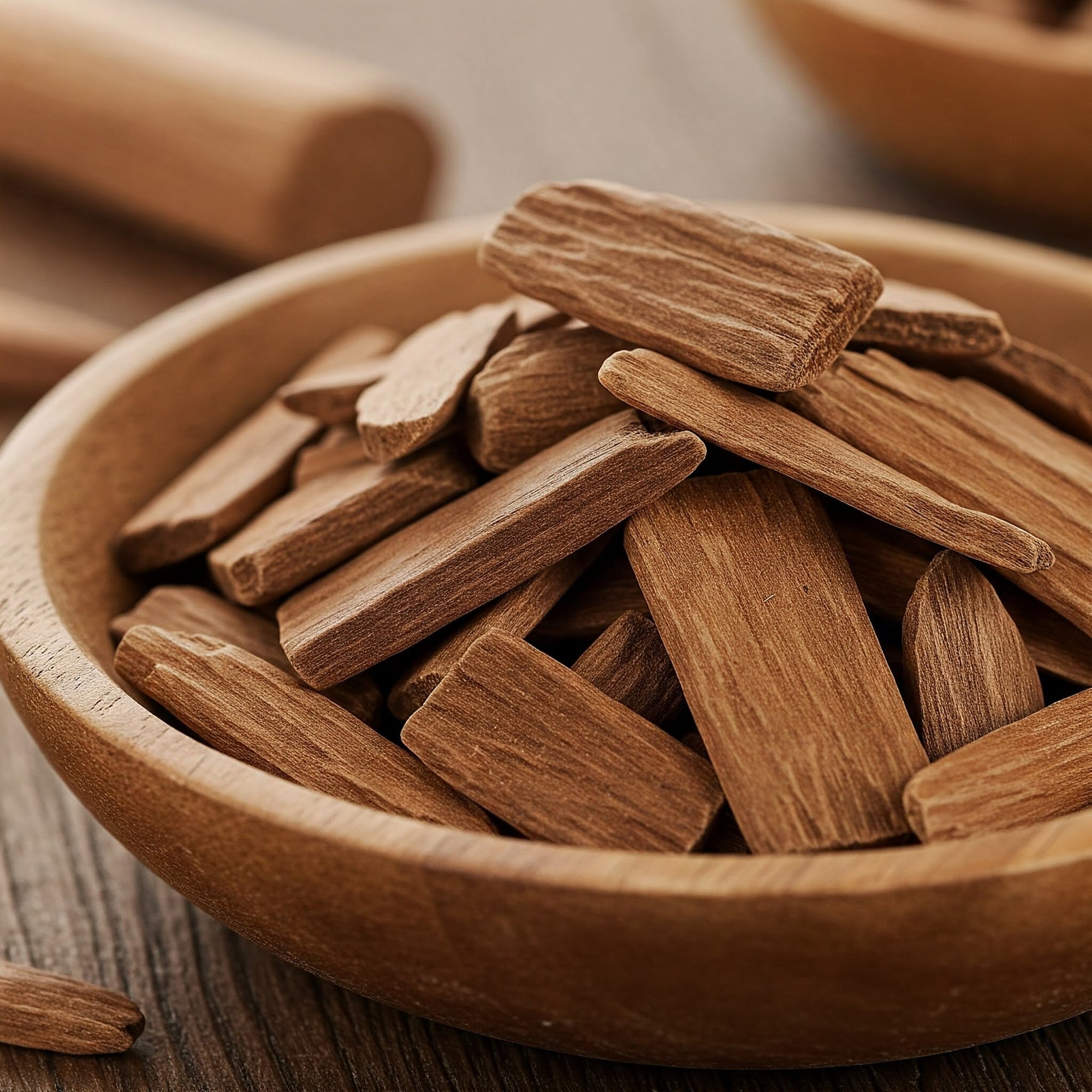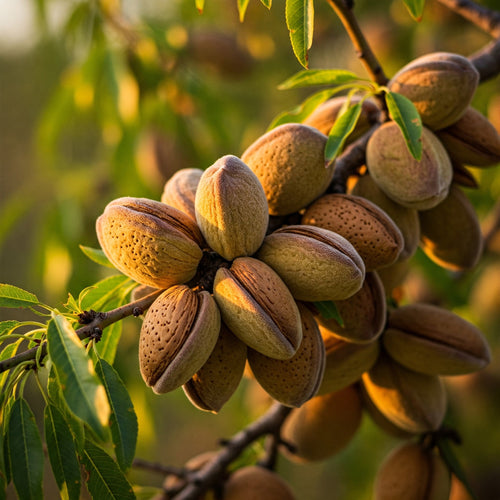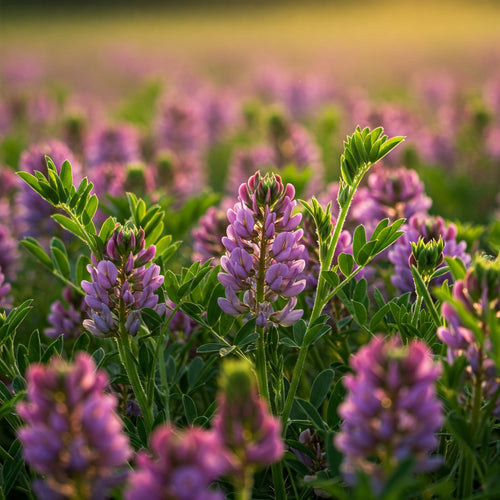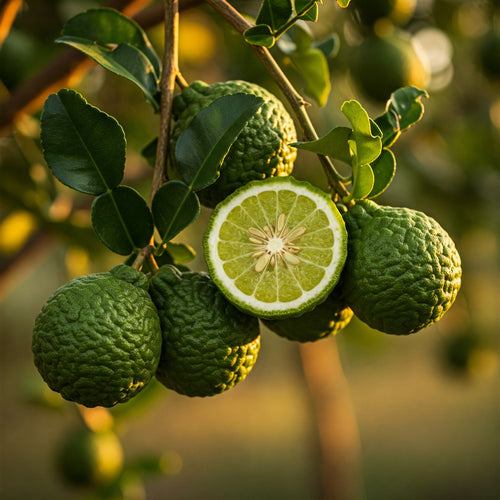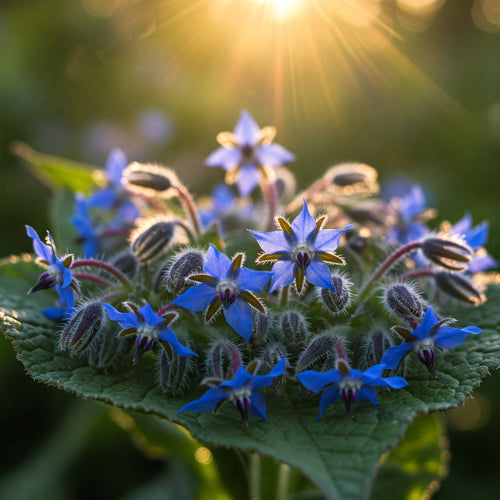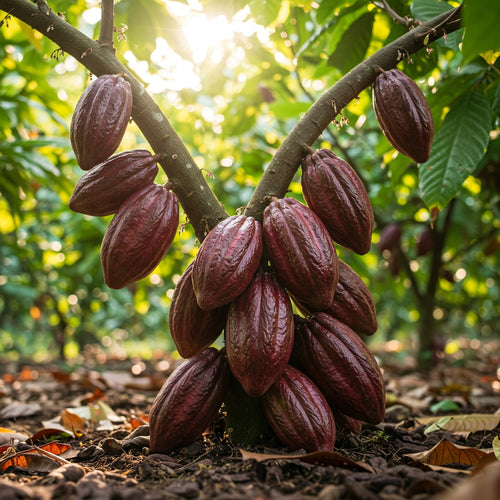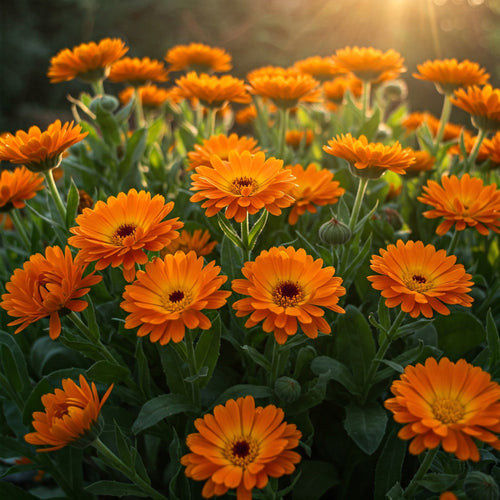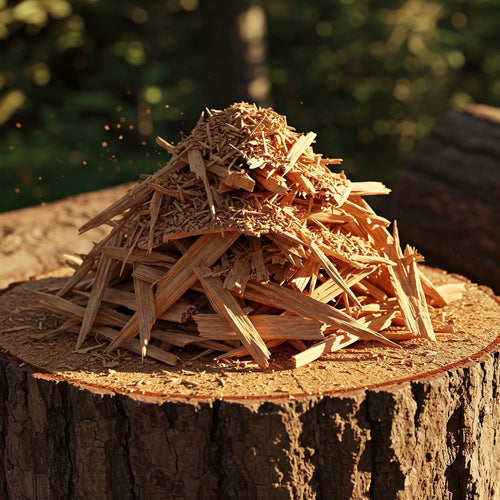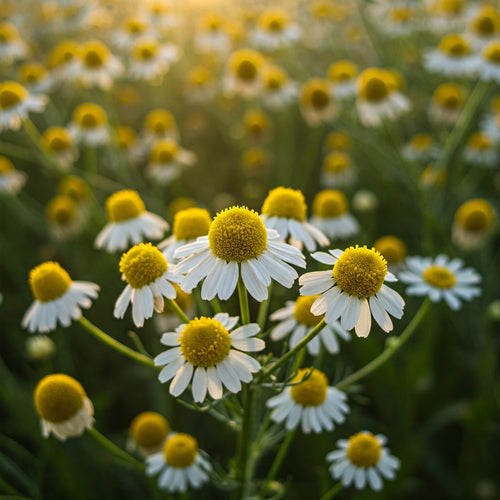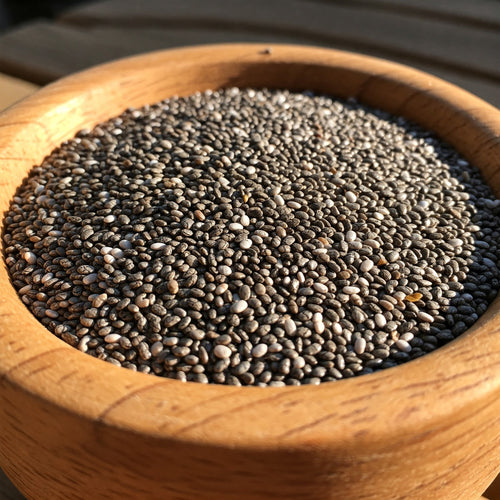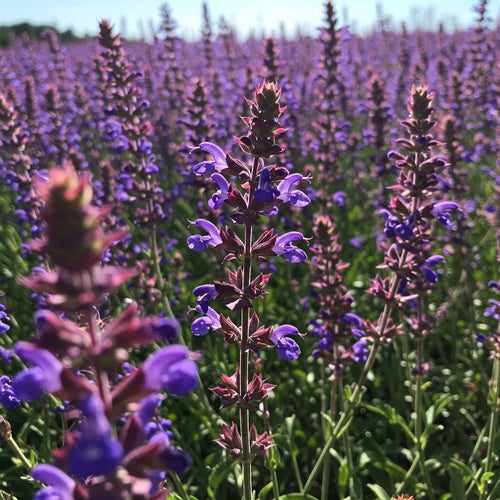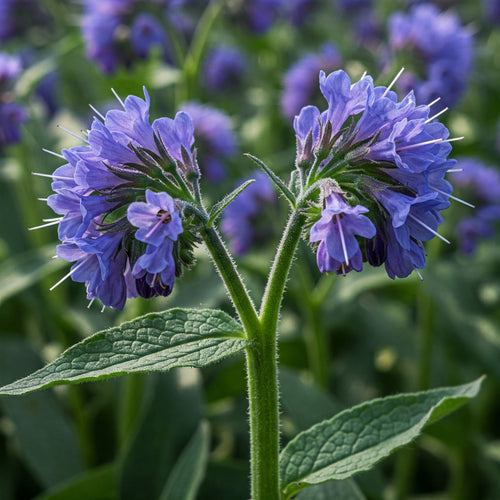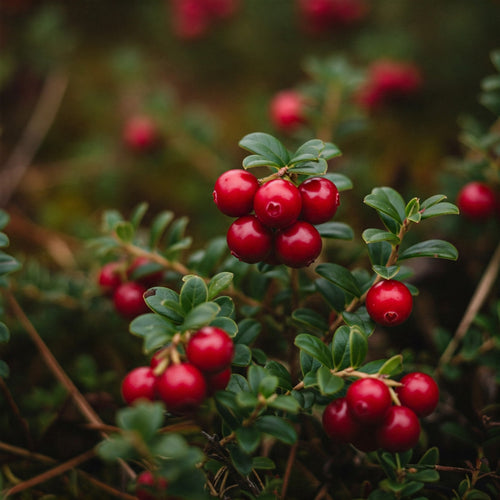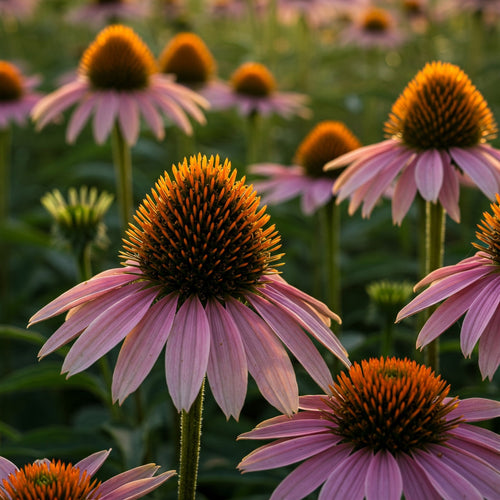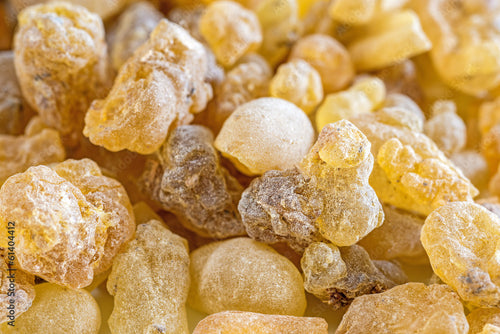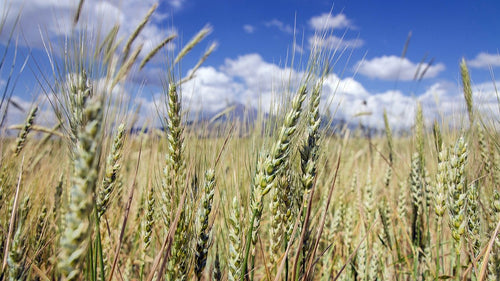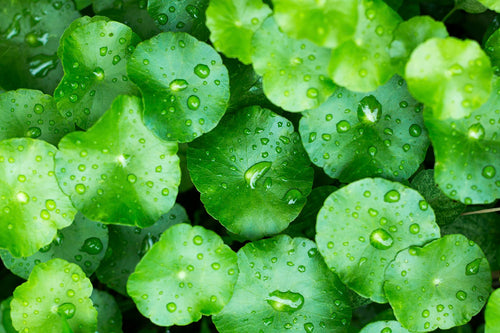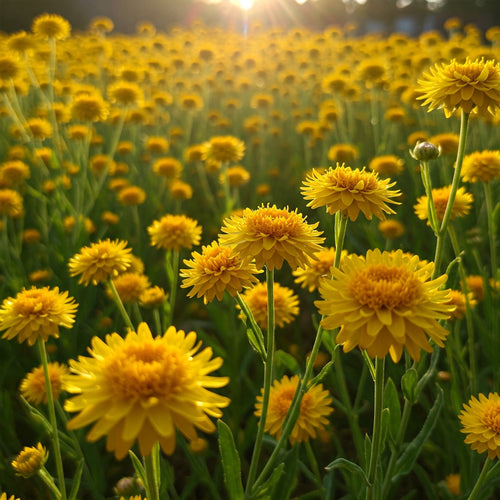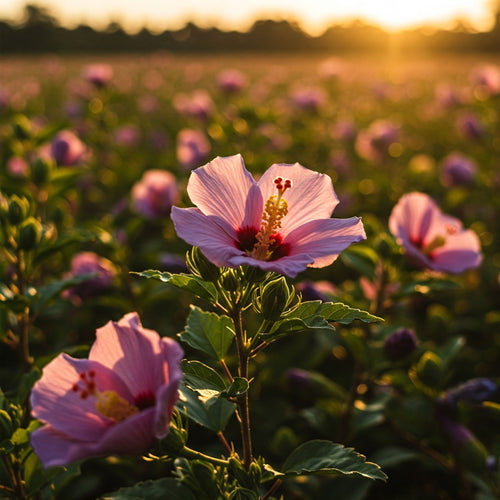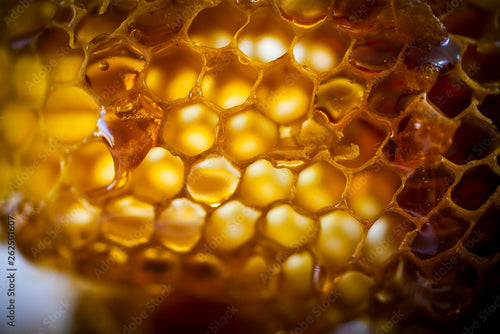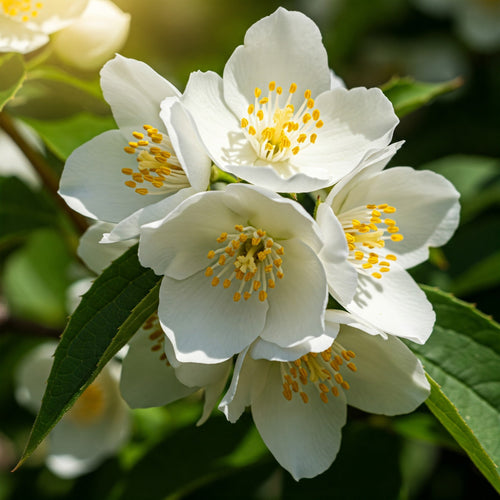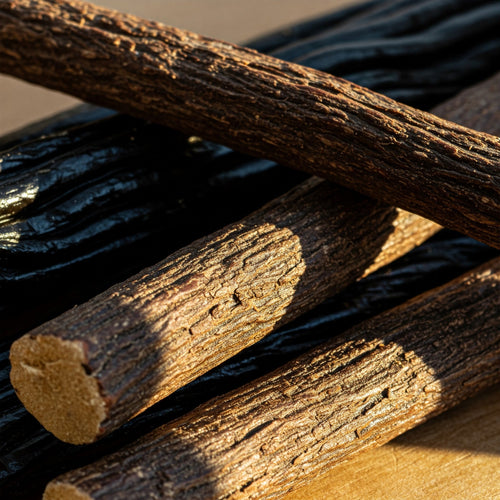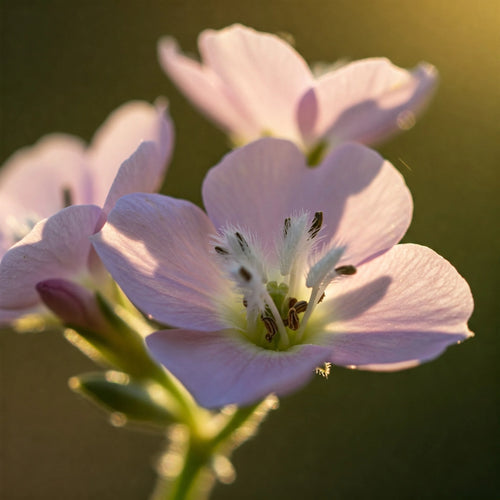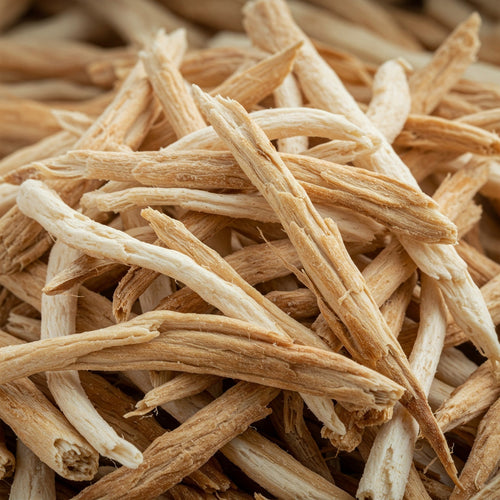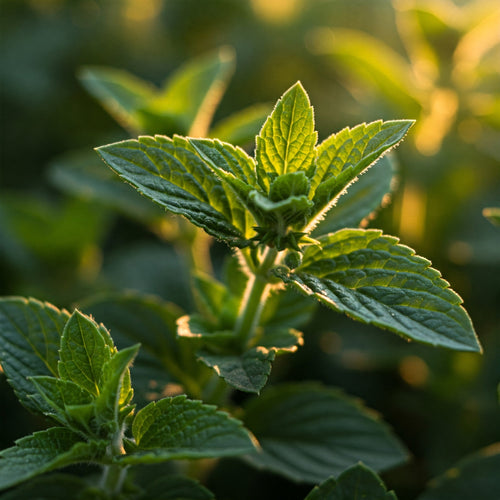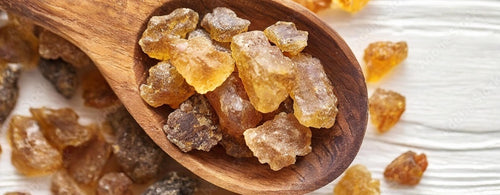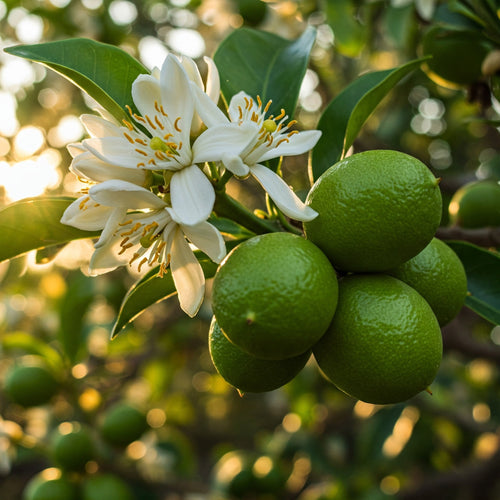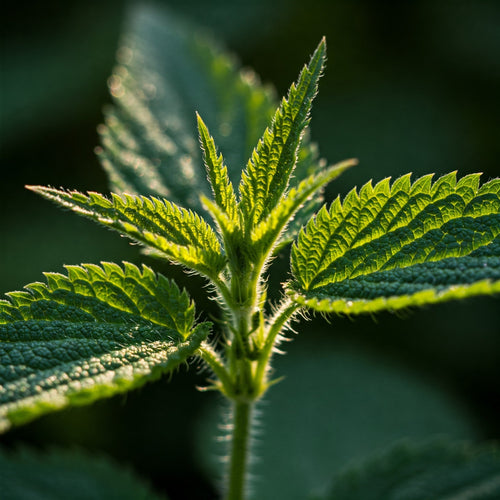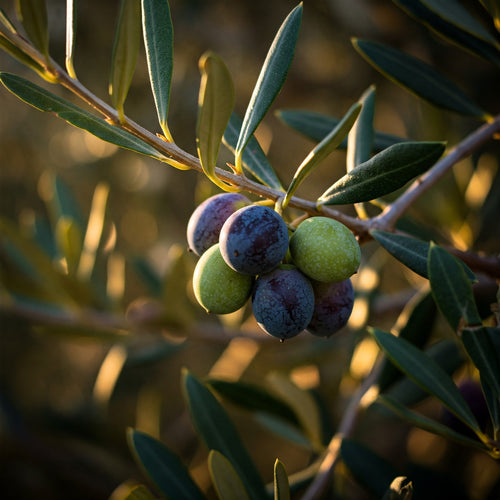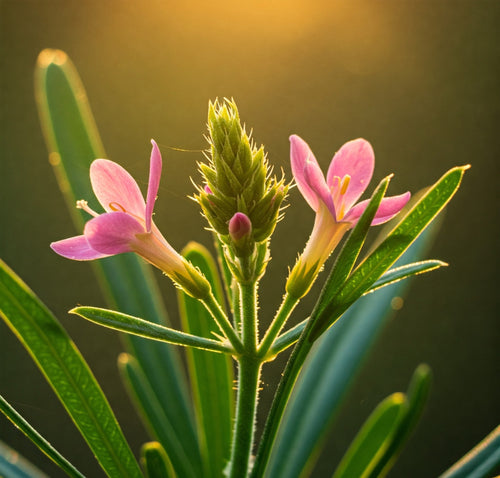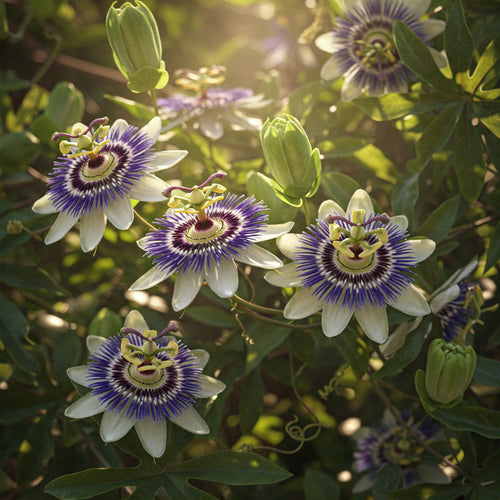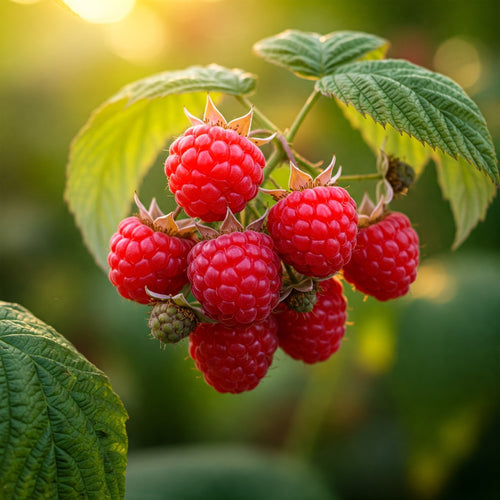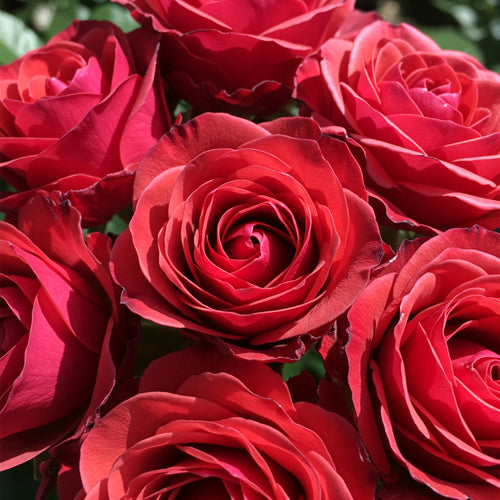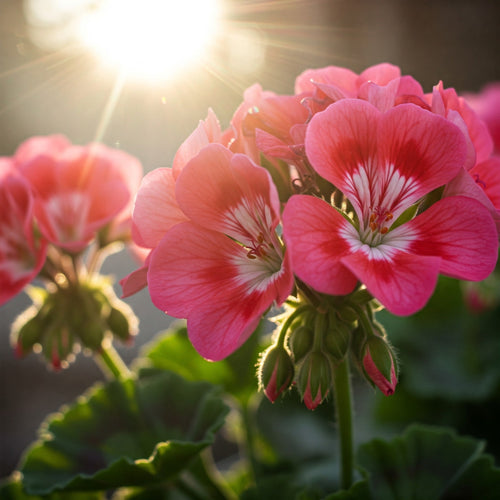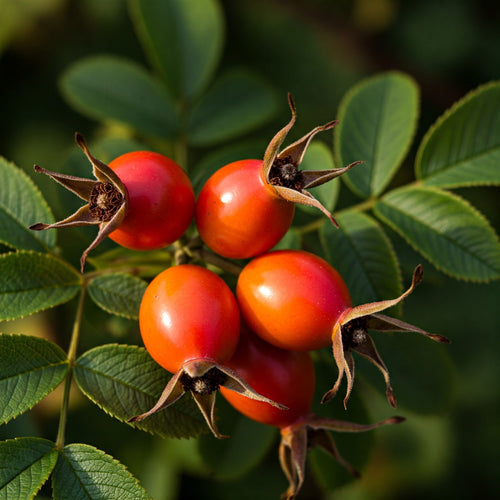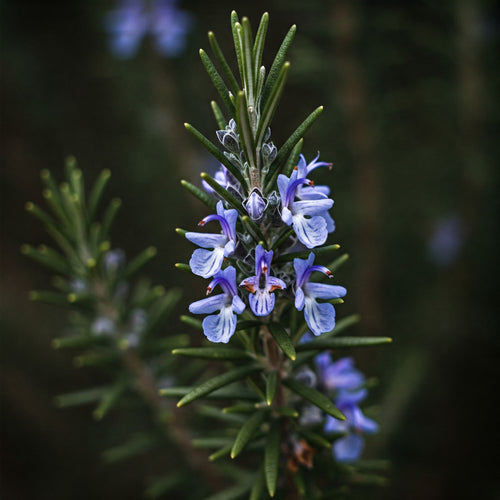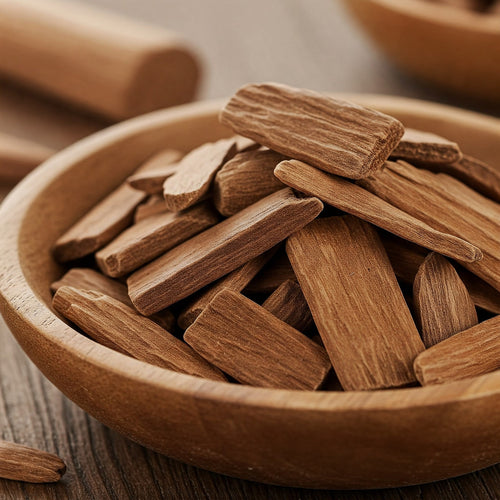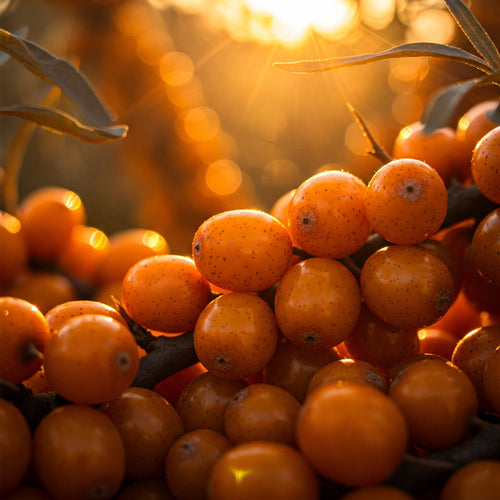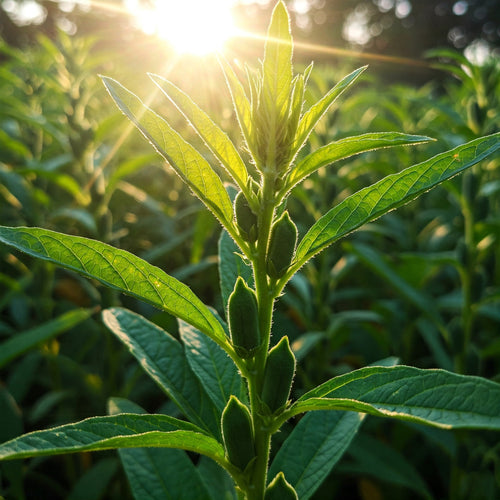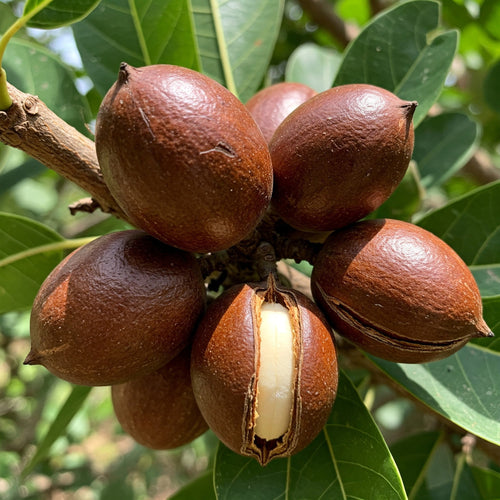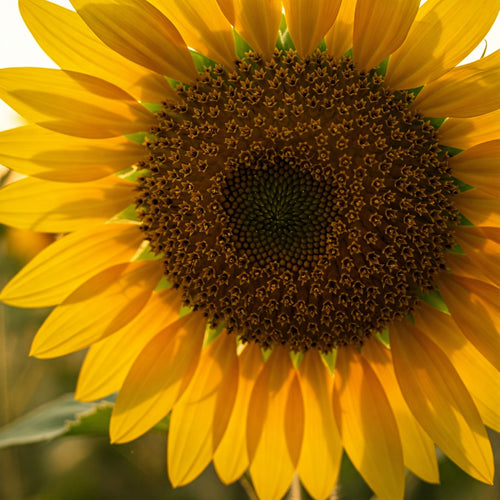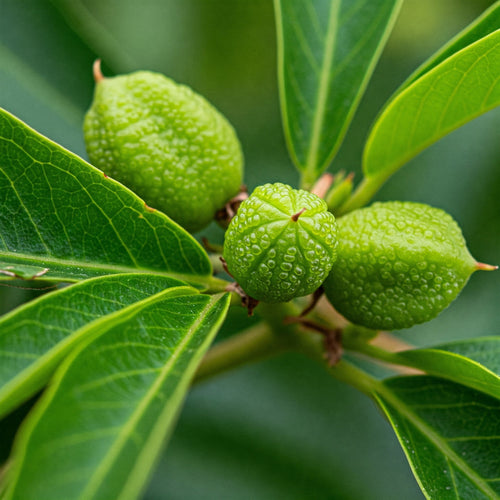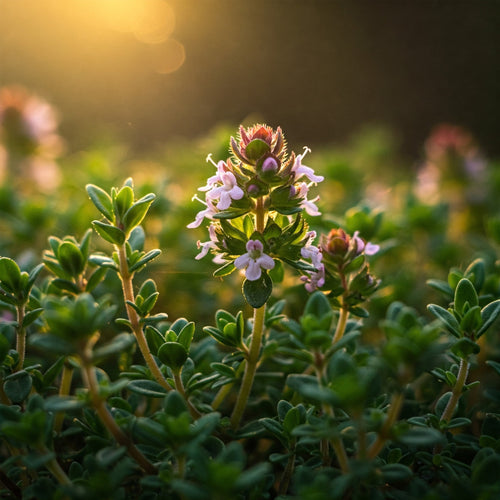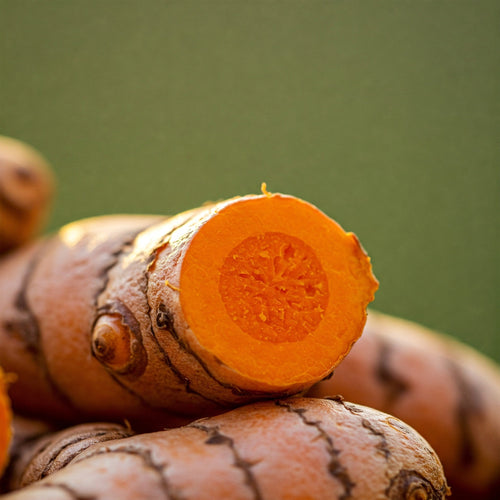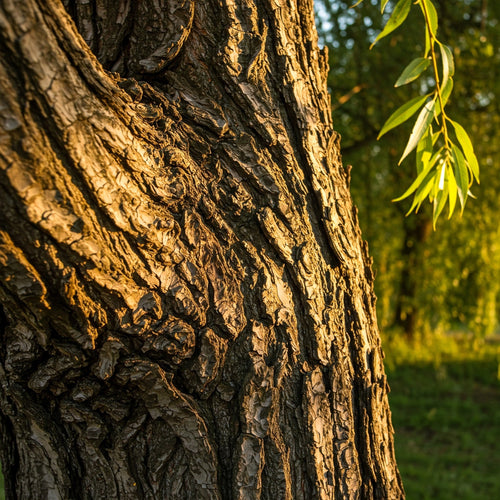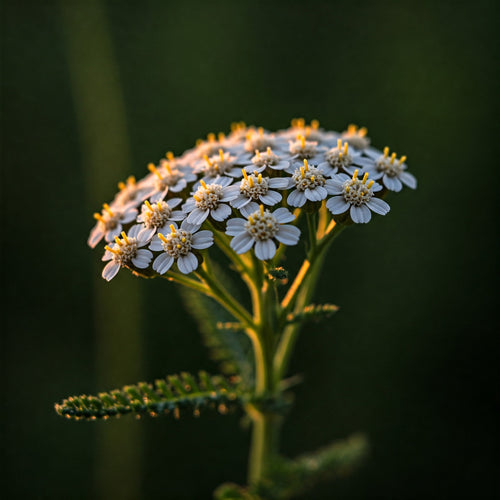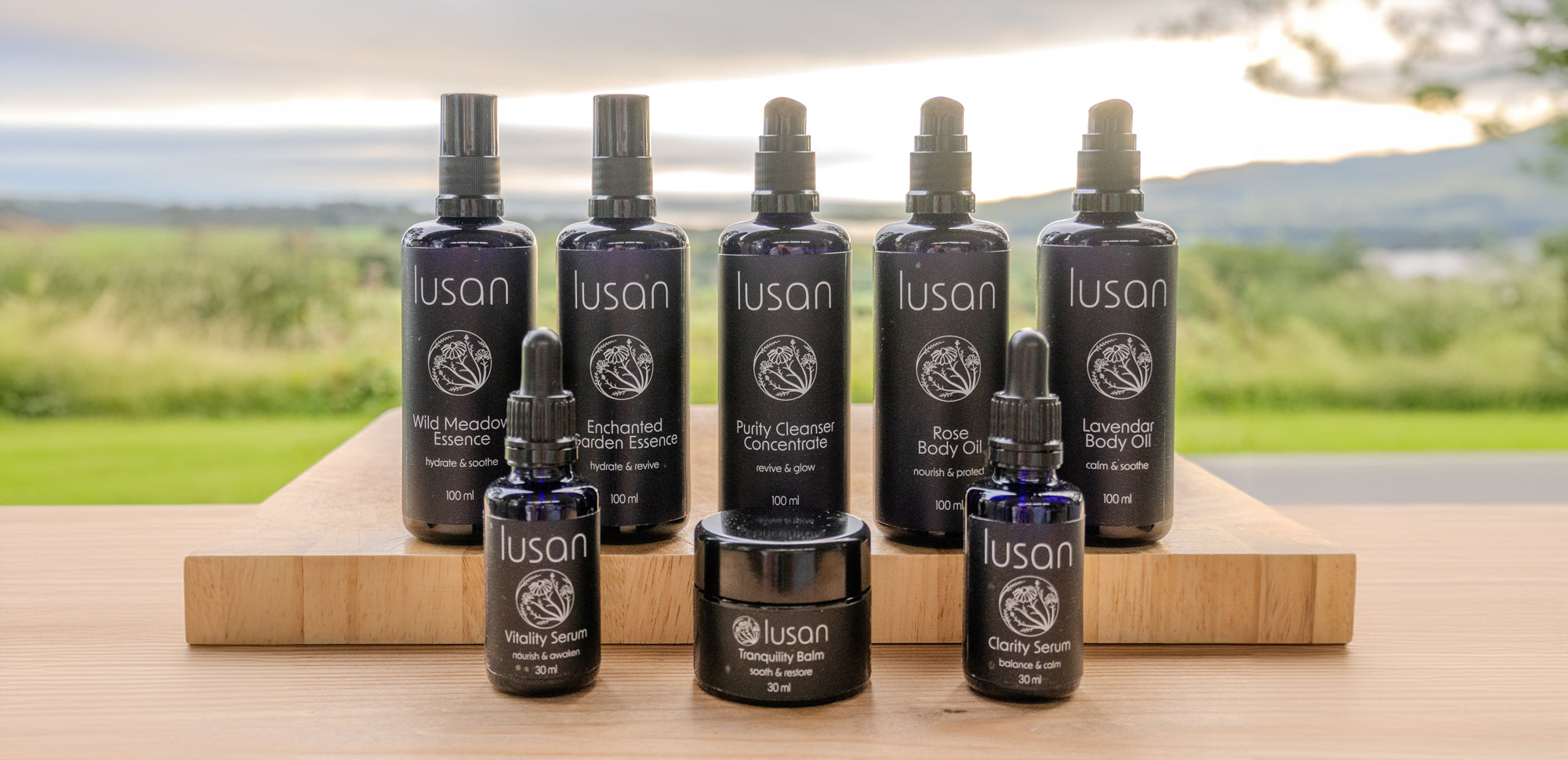Santalum spicatum
The evergreen Sandalwood tree originates from South-west Asia, it can grow to a height of ten metres, producing unscented flowers throughout the year. The Sandal tree is not fussy about where it grows – whether in fertile valleys or on dry mountainsides, it thrives anywhere.
Popular since antiquity Sandalwood is one of the oldest known perfume materials. Ayurvedic medicine describes sandalwood as bitter, cooling, astringent and soothing. It uses compresses of powdered sandalwood with rosewater as a remedy for inflammation and skin diseases.
Arab physicians first brought sandalwood to Europe in the Middle Ages, where it first appeared in Italian pharmacies in the 15th century. The German naturalist, physician and botanist Adam Lonicer (1528-1586), mentioned sandalwood in his work on herbs, he described it as blocking flows; strengthening the heart, stomach and liver; cleansing blood and combating thirst and heat.
Today the essential oil is revered for its skin rejuvenating, relaxing and aphrodisiac qualities. It can aid sleep and help prevent infection. Considered anti-inflammatory, antimicrobial, antiviral and antiseptic, clinical trials have shown it beneficial to many skin conditions including, psoriasis, eczema, rosacea and pigmentation.
Sandalwood works to soothe the epidermis and even out skin tone with a variety of antioxidant compounds that help maintain the buoyancy and structure of the skin cells, it reduces dryness and replenishes the moisture in the skin, increasing elasticity.
Modern practices and use have meant that the sandal tree has become endangered in its native India. Lusan's organic certified sandalwood comes from a sustainable plantation in Australia where it is produced by traditional steam distillation.
